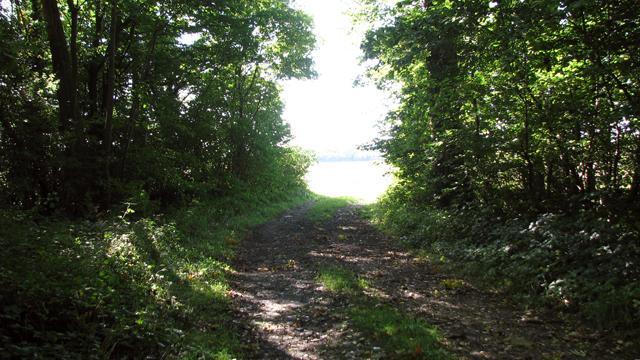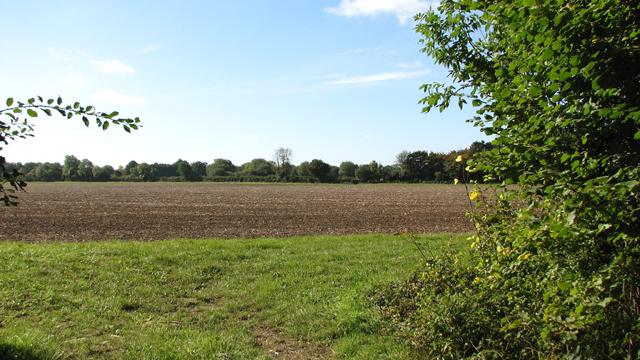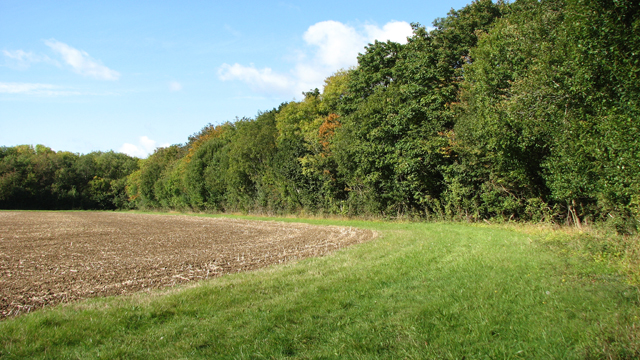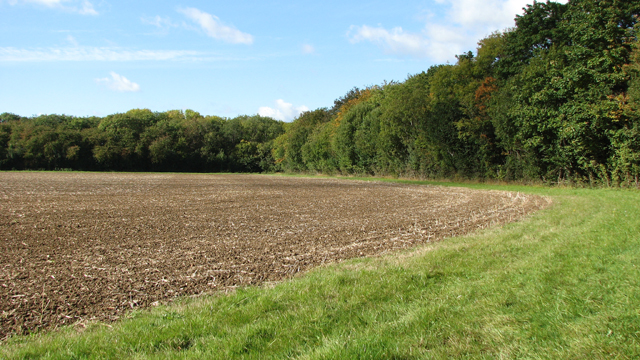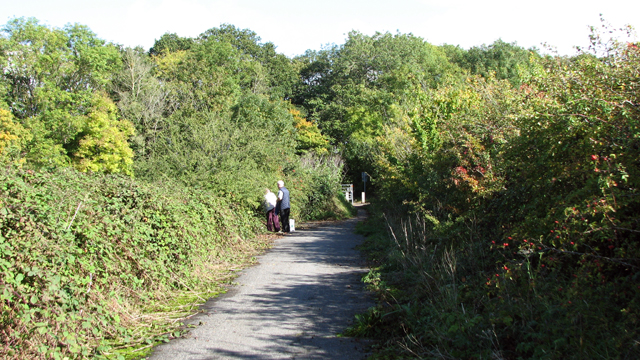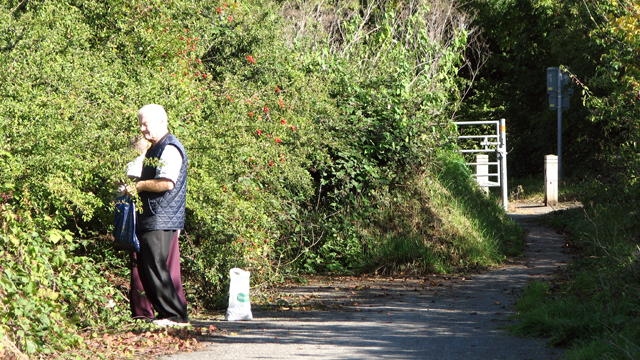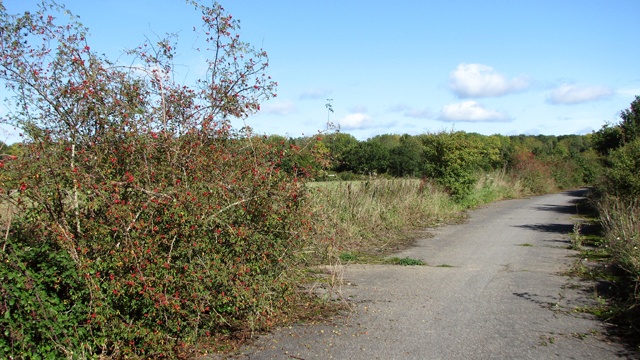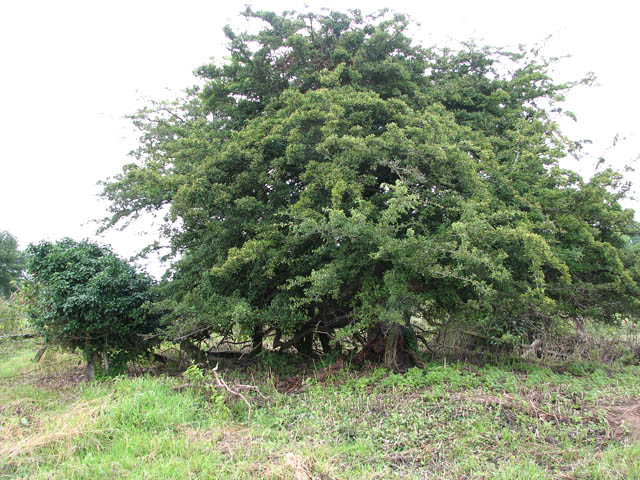Bean Belt
Wood, Forest in Norfolk South Norfolk
England
Bean Belt
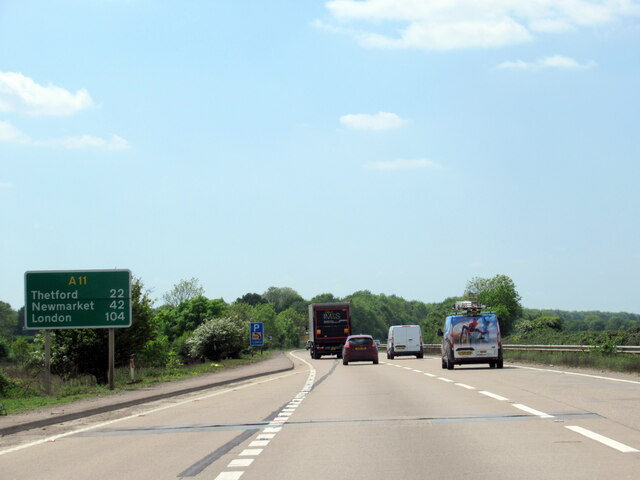
Bean Belt, Norfolk, also known as Wood or Forest, is a picturesque area located in the eastern part of England. Nestled within the county of Norfolk, this region is renowned for its lush green landscapes, dense woodlands, and serene atmosphere. Bean Belt is often referred to as the "woodland capital" of Norfolk due to its abundant forested areas and diverse flora and fauna.
Covering an approximate area of 200 square miles, Bean Belt is home to a variety of tree species, including oak, beech, birch, and pine. These woodlands provide a habitat for numerous wildlife species, such as deer, foxes, badgers, and a wide range of bird species. The area is a haven for nature enthusiasts and birdwatchers, offering ample opportunities for exploration and observation of the local wildlife.
The woodlands of Bean Belt also play a significant role in the local economy, serving as a source of timber and providing employment opportunities in the forestry industry. Additionally, the area attracts tourists from far and wide, who come to enjoy the tranquility and natural beauty of the region.
Bean Belt is dotted with charming villages and hamlets, offering visitors a glimpse into the traditional rural life of Norfolk. The local communities are known for their warm hospitality and preservation of traditional customs and festivals.
Overall, Bean Belt, Norfolk (Wood, Forest) is a captivating destination that offers a perfect blend of natural beauty, wildlife, and cultural heritage. It remains a hidden gem for those seeking a peaceful retreat amidst nature's embrace.
If you have any feedback on the listing, please let us know in the comments section below.
Bean Belt Images
Images are sourced within 2km of 52.576253/1.1853283 or Grid Reference TG1502. Thanks to Geograph Open Source API. All images are credited.

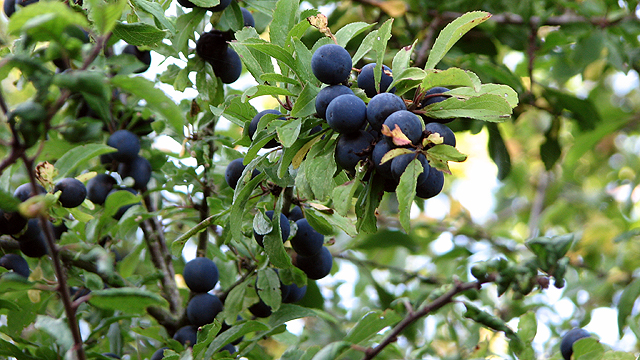
Bean Belt is located at Grid Ref: TG1502 (Lat: 52.576253, Lng: 1.1853283)
Administrative County: Norfolk
District: South Norfolk
Police Authority: Norfolk
What 3 Words
///butterfly.prowess.trustees. Near Hethel, Norfolk
Nearby Locations
Related Wikis
Ketteringham
Ketteringham is a village and civil parish in the English county of Norfolk. The parish covers an area of 6.50 km2 (2.51 sq mi) and had a population of...
Forehoe and Henstead Rural District
Forehoe and Henstead Rural Districts were adjacent rural districts in Norfolk, England from 1894 to 1935.They were formed under the Local Government Act...
RAF Hethel
Royal Air Force Hethel or more simply RAF Hethel is a former Royal Air Force station (ICAO: EGSK) which was used by both the United States Army Air Forces...
East Carleton
East Carleton is a village and civil parish in the English county of Norfolk. The village is located 6.3 kilometres (3.9 mi) east of nearby Wymondham and...
Hethersett Old Hall School
Hethersett Old Hall School was an independent school located in Hethersett, Norfolk, England that educated around 180 boys and girls. It was a day school...
Murders at Stanfield Hall
The Murders at Stanfield Hall were a notorious Victorian era double murder on 28 November 1848 that was commemorated in print, pottery, wax, as well as...
Hethersett railway station
Hethersett was a railway station near Hethersett, Norfolk. == History == The Bill for the Norwich & Brandon Railway (N&BR) received Royal Assent on 10...
Hethel Old Thorn
Hethel Old Thorn is a 0.025-hectare (0.062-acre) nature reserve south-west of Norwich in Norfolk. It is managed by the Norfolk Wildlife Trust.This is...
Nearby Amenities
Located within 500m of 52.576253,1.1853283Have you been to Bean Belt?
Leave your review of Bean Belt below (or comments, questions and feedback).
